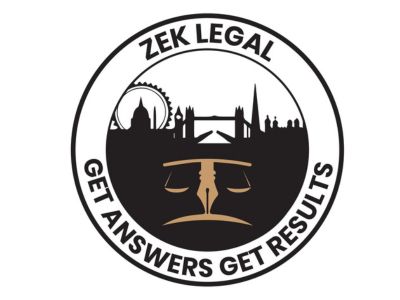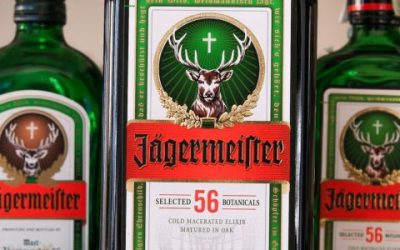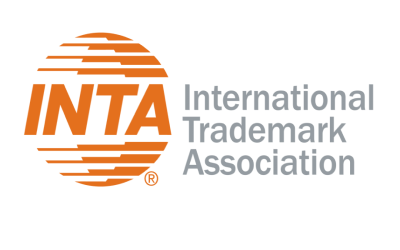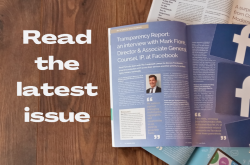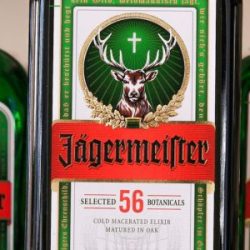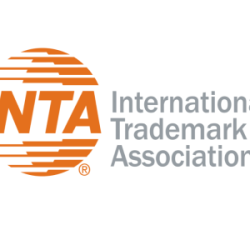The global trademark landscape frequently encounters disputes when iconic brands expand into new markets. The recent filing of the ZACAFFE trademark by fashion retailer ZARA highlights the challenges of diversification into unrelated industries. The case has garnered significant attention, particularly after Sicilian coffee roaster Zicaffe lodged a formal opposition, claiming the Zacaffe name infringes on its rights.
Zacaffe: the trademark and Zicaffe’s opposition
On October 7, 2024, Zara filed a trademark application for ZACAFFE with the European Union Intellectual Property Office (EUIPO). However, Zicaffe has opposed the trademark, arguing that the name is confusingly similar to its ZICAFFE trademark.
Likelihood of confusion (Article 8(1)(b) EUTMR):
Zicaffe asserts that ZACAFFE is phonetically, visually, and conceptually similar to its mark. Both trademarks operate in the same sector, increasing the risk of consumer confusion. The shared ‘caffe’ element and the similarity of the ‘Zi’ and ‘Za’ prefixes make distinguishing the marks challenging.
Analysis of Zicaffe v. Zacaffe under Article 8(1)(b) EUTMR
The likelihood of confusion under Article 8(1)(b) is assessed by considering the following factors:
Visual similarity
The lengths and structure of the marks are identical, and the words ‘Zi’ and ‘Za,’ which are perceived as abbreviations of something, are accompanied by the descriptive term ‘caffe’ for food and beverage services.
The inclusion of ‘Z’ in both marks enhances their visual similarity. However, in short marks, even a single letter can significantly influence consumer perception, making every letter critically important. In such cases, the central elements hold as much weight as the beginnings and endings of the marks (CFI T-273/02 Par. 39).
Phonetic similarity
Phonetically, ZICAFFE and ZACAFFE are highly similar, particularly in Italian and other European languages where stress patterns are uniform.
Although the emphasis created by the letters ‘I’ and ‘A in ‘ZI’ and ‘ZA’ generates a different sensory perception, the impact of this difference is limited for the average customer of food and beverage services, who is likely to encounter the marks at different times and with average attention and care.
Conceptual similarity
Both marks evoke associations with coffee, primarily due to the shared ‘caffe’ element. The term ‘ZI’ in ZICAFFE is linked to Sicily, as it reflects the pronunciation of Sicily in certain Italian dialects, whereas ‘ZA’ in ZACAFFE refers to ZARA. However, general consumers, unaware of the linguistic connection, would not associate ‘ZI’ with Sicily (CFI T-292/01- Philips v. OHIM, Pash Textilvertrieb und Einzelhandel(BASS) Par. 54). Similarly, while we may know that ZACAFFE refers to ZARA, the average consumer — unaware that this application is connected to ZARA — would not immediately recognize ‘ZA’ in ZACAFFE as a reference to ZARA, especially given the brief decision-making time and the fact that it pertains to a completely different industry.
Consumer attention
The level of attention of the average consumer in the coffee sector is typically moderate. For inexpensive products like coffee, even minor similarities in trademarks can lead to confusion.
Projected outcome
Given the high degree of phonetic and conceptual similarity, Zicaffe’s opposition under Article 8(1)(b) has a strong foundation. The EUIPO is likely to find that the ZACAFFE trademark poses a likelihood of confusion among consumers, particularly since both brands operate within the same industry.
However, ZARA could counterclaim that:
- Zacaffe’s branding and presentation are sufficiently distinct.
- ZACAFFE will be used exclusively in ZARA stores, leading customers to associate it with ZARA. However, since the applicant would have the freedom to use the mark in other contexts following registration, this defense is not robust (GC T-487/08 – Kureha v. OHIM, Sanofi-Aventis(Kremezin) Par. 71).
Conclusion
The Zicaffe v. Zacaffe dispute highlights the challenges faced by brands seeking to diversify into unrelated sectors and underscores the importance of balancing innovation with the protection of existing rights.

Written by Zeki Emre Kurt
Lawyer, Zek Legal
You may also like…
EUIPO and UANIPIO welcome the integration of Ukraine’s trademarks into TMview
The European Union Intellectual Property Office (EUIPO) and the Ukrainian National Office for Intellectual Property...
Jägermeister succeeds in opposing the EU trademark application Alten Kräuterfrau for alcoholic beverages
Mast-Jägermeister SE filed an opposition on the grounds of Article 8(1)(b) – likelihood of confusion between the signs...
INTA’s Brand & New podcast wins prestigious w3 Award for “Inside the Dupe Revolution” series
New York, New York—October 14, 2025—The International Trademark Association (INTA) is proud to announce that its...
Contact us to write for out Newsletter



